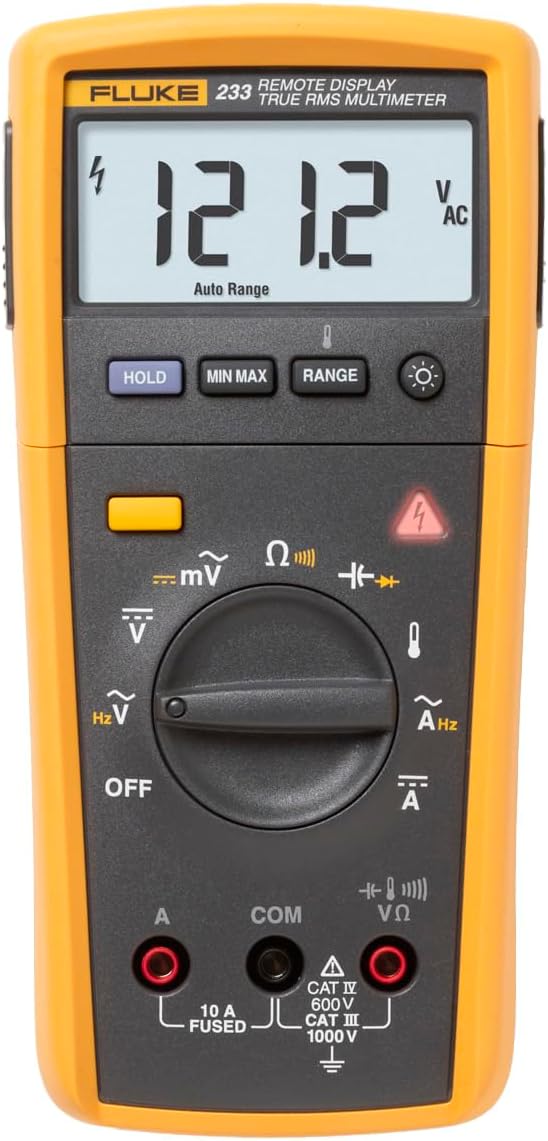Testing your car’s charging system is a fairly easy process that can help you diagnose problems with the alternator, voltage regulator, or battery. By using a multimeter, you can measure the voltage and current flowing through the system. These measurements help in troubleshooting issues with your car system. Here I will tell you how to test car charging system with multimeter.
What is a multimeter and how does it work?
A multimeter is an electronic device used to measure voltage, current, and resistance. It has a number of jacks or probes that can be attached to electrical connectors to take readings. Multimeters come in a variety of shapes and sizes and can be purchased for fairly cheap.
Best Multimeter For Automotive
Common problems that can occur with a car’s charging system
1-Alternator not charging
There may be a problem with the alternator. Alternators in cars may need periodic maintenance or even need to be replaced at times. Usually, electric motors stop charging batteries when the carbon brushes or the alternator’s motor themselves wear out. A blown fuse or bad wiring can also lead to this issue.
2-Battery voltages too low
Several factors contribute to low system voltage, including old age, a poor connection between the battery terminals, or an under capacity alternator. An old age battery or alternator both can cause low or no voltages.

3-Car Batteries failure
In such cases the fault is obvious. If this is the issue then all you have to do is to replace your existing poor battery with a new one. You can easily test any battery by an automotive battery tester or automotive digital multimeters. If the battery voltage drop below 11V then it’s the time to get new batteries.
How to test car charging system with multimeter? Complete Guide
Testing a car charging system requires a bit knowledge. Breaking this guide into 10 easy steps, I have made it a lot easier for you. So, Let’s get started!

- Disconnect the battery negative cable from the battery terminal.
- Attach the red probe of the multimeter to the positive terminal of the battery.
- The multimeter should read around 12 volts. If it does not, then there is an issue with the charging system.
- Turn on the multimeter and set it to the amperage setting.
- Repeat the same steps for the voltage regulator by attaching the probes to the input and output terminals.
- By testing the charging system with a multimeter, you can easily diagnose problems with the alternator, voltage regulator, or battery.
- If there is still an issue with the charging system, then it will need to be replaced or repaired.



